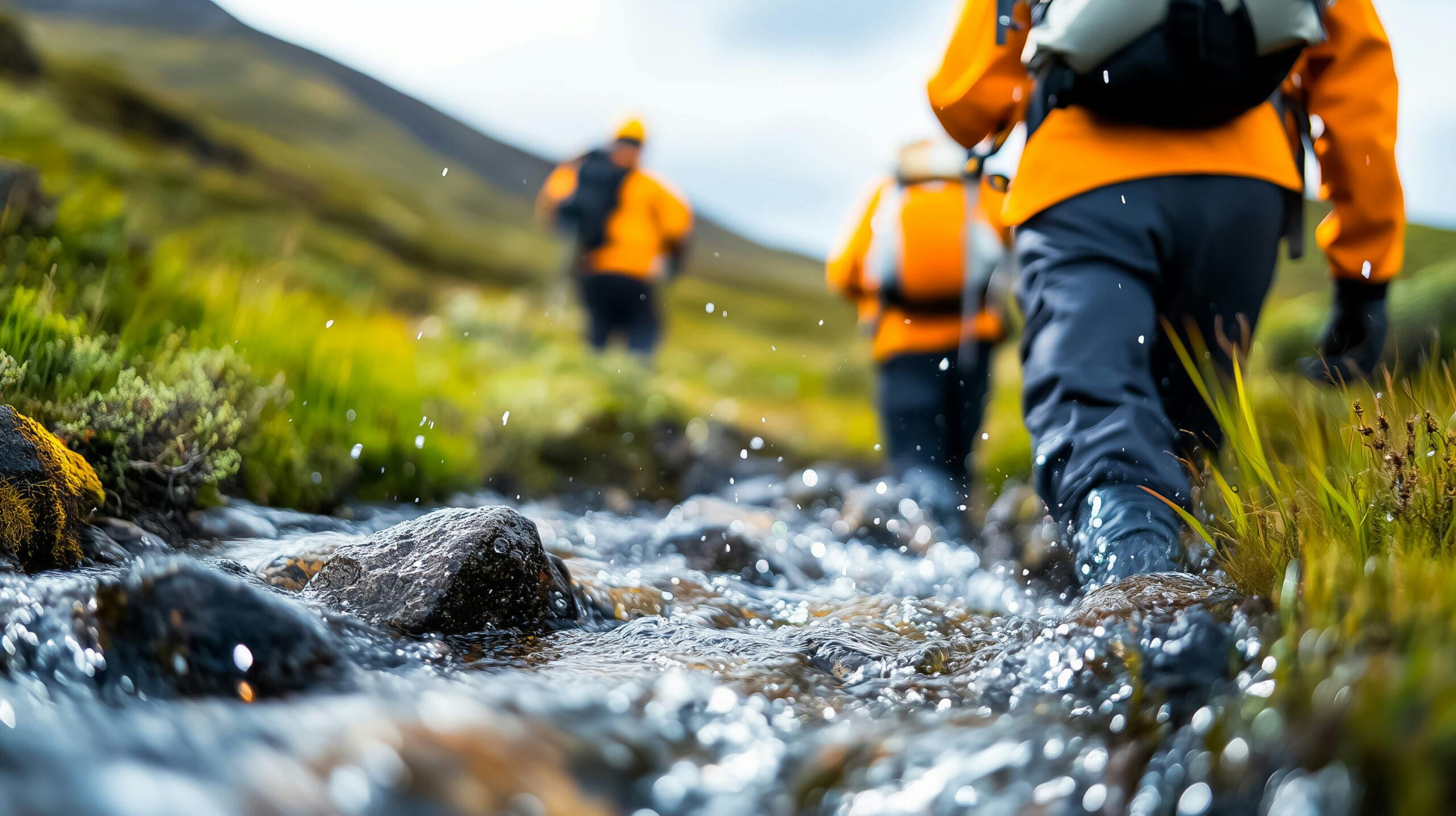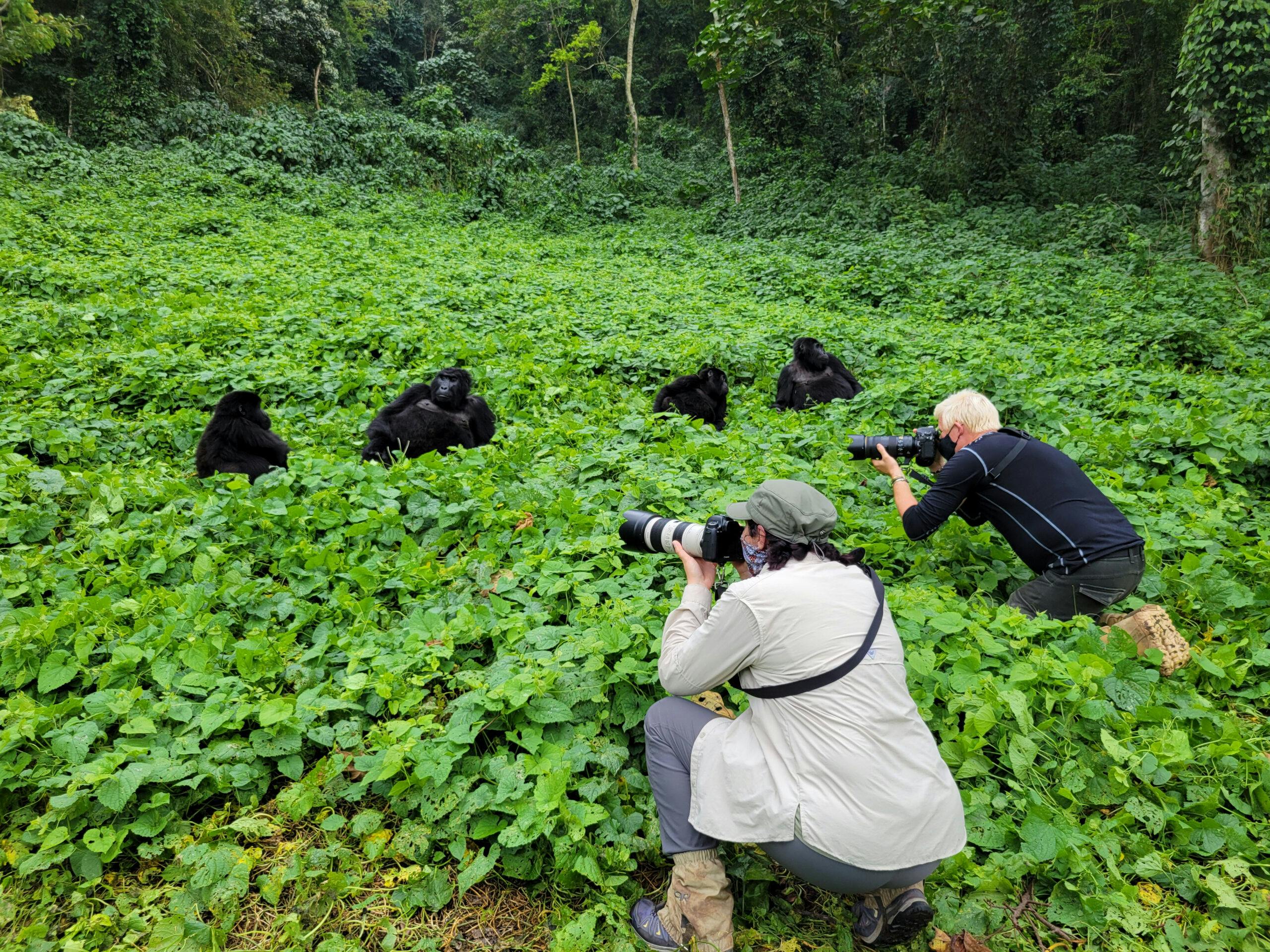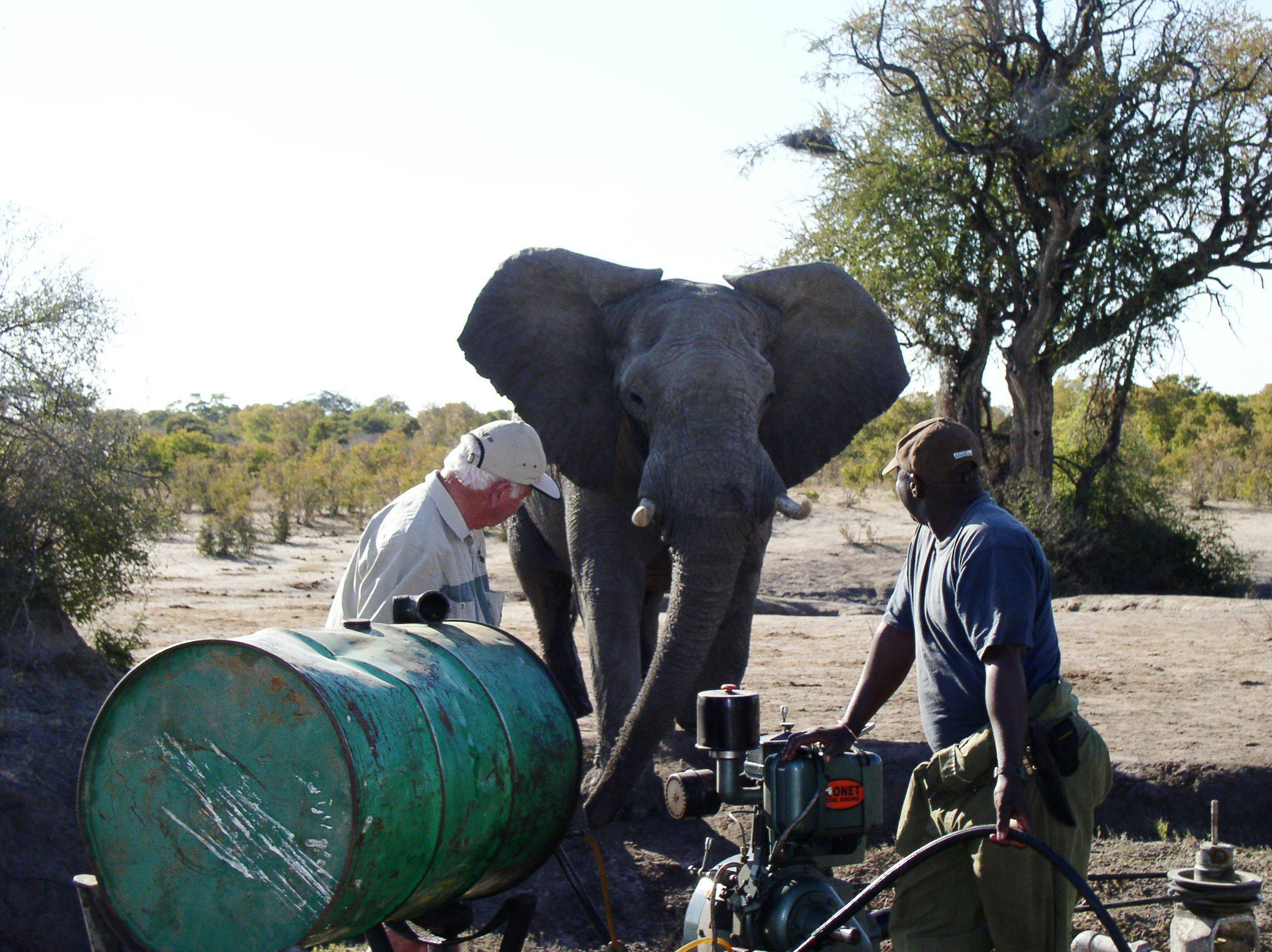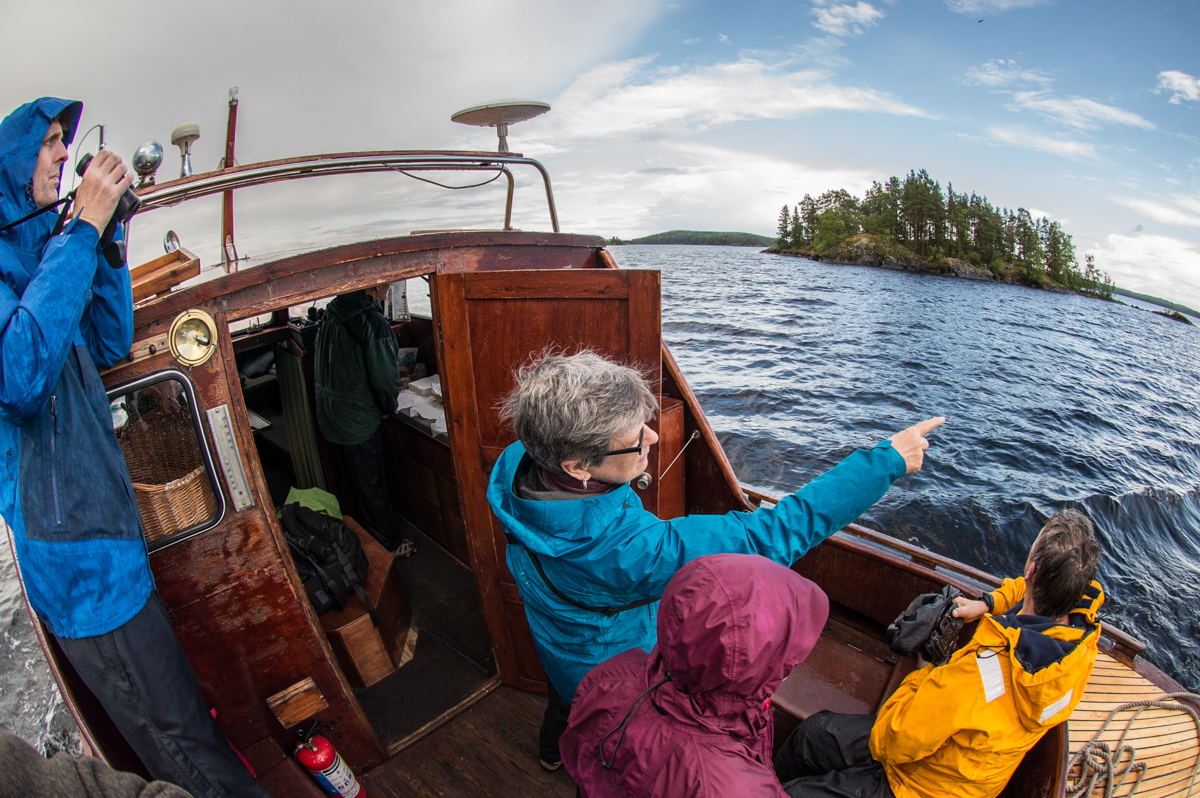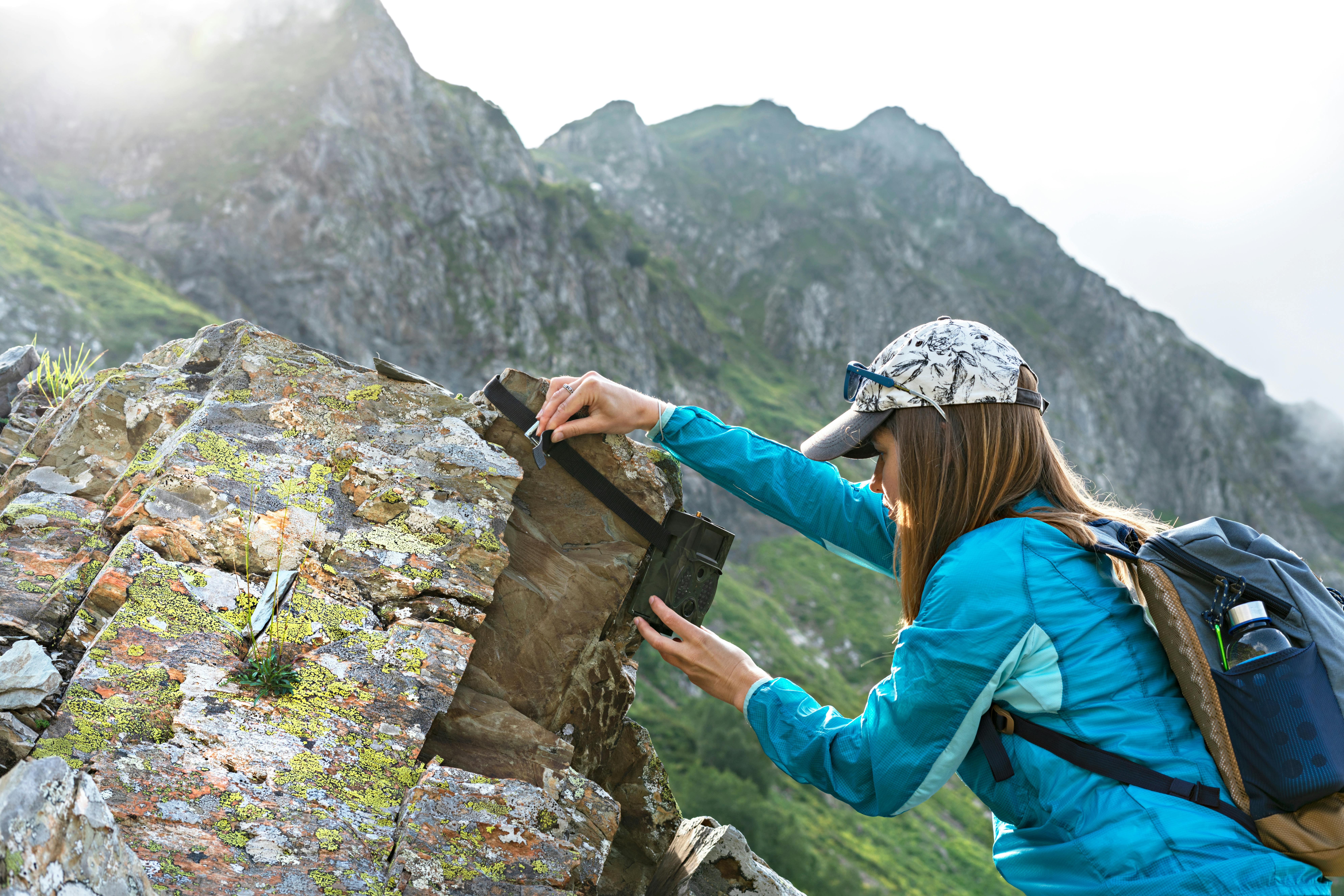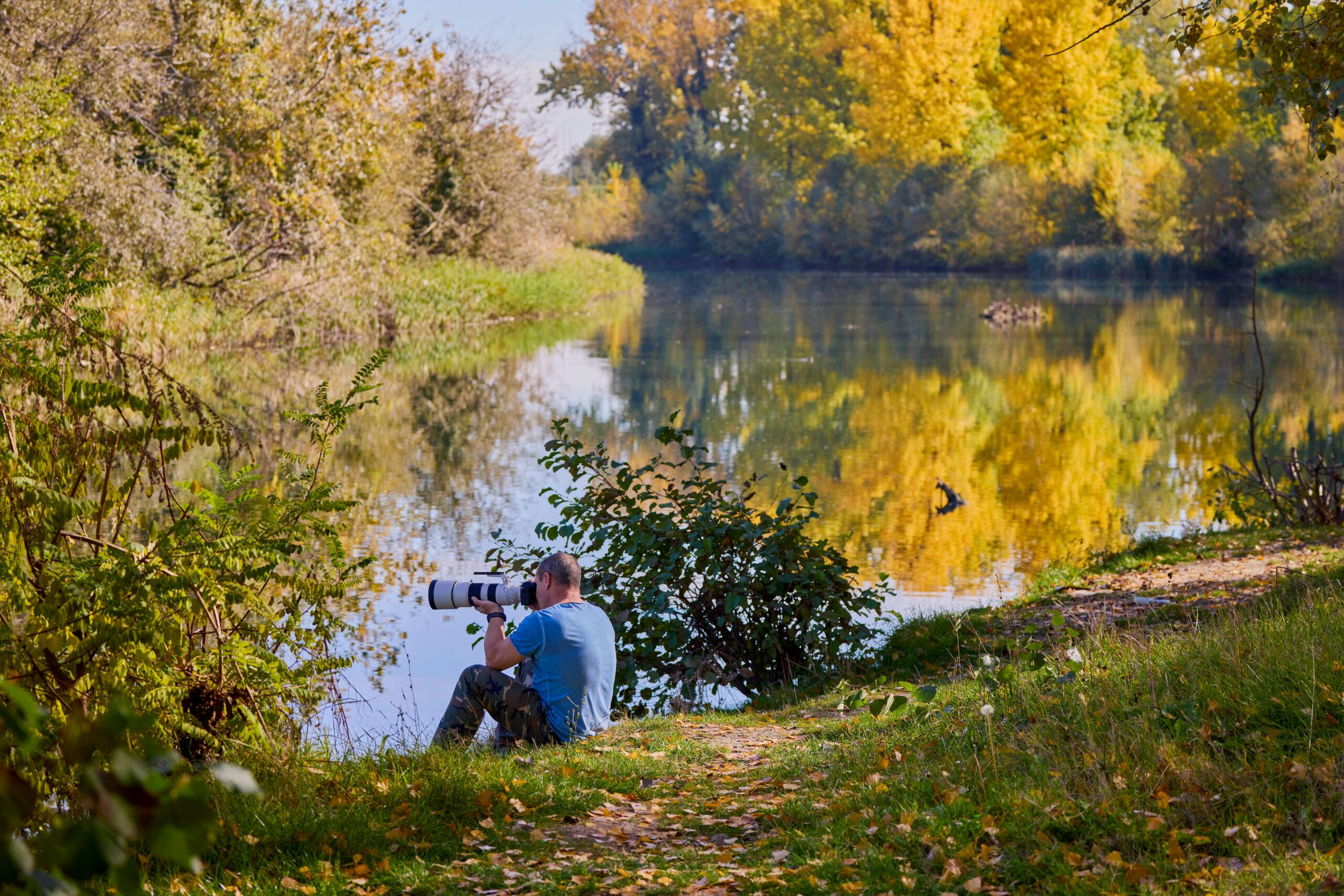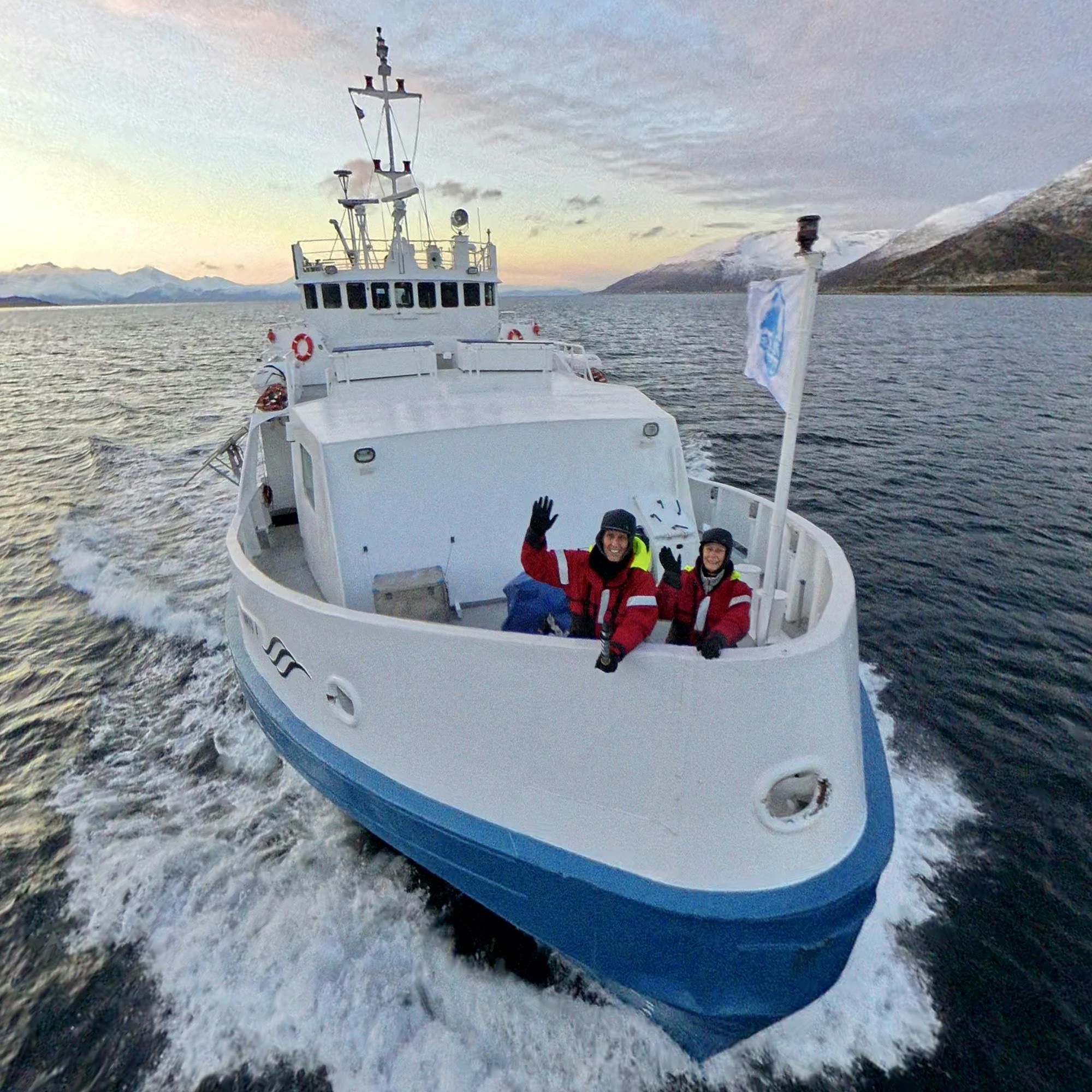With Cheesemans’ Ecology Safaris, your wildlife safari will be an unforgettable, conservation-focused journey. Take the first step toward your dream adventure today!
So, take the leap—explore, learn, and make a difference. Your next unforgettable journey with Cheesemans’ Ecology Safaris awaits!
